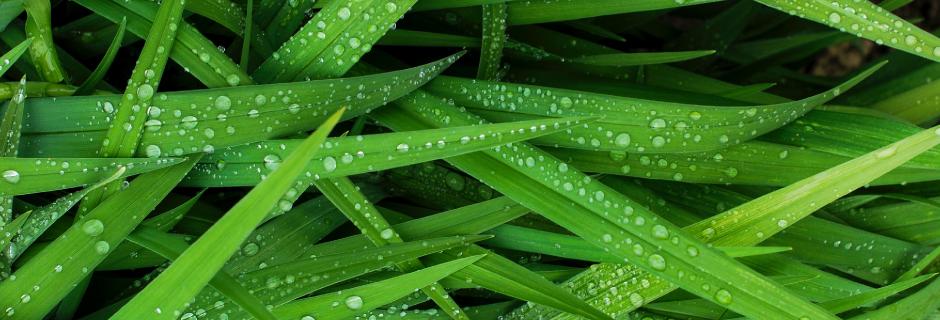UPMKYMI
Impact
Reducing waste
Whenever waste is incinerated or sent to landfill, it releases harmful chemicals into the air and the ground. It is important to minimise this by recycling or reusing waste.
At the moment, less than one third of UPM Kymi’s waste goes to landfill. Our aim is to find more sustainable uses and destinations for all of our waste so that by 2030, we are no longer sending any of it to landfill.
At the moment, less than one third of UPM Kymi’s waste goes to landfill. Our aim is to find more sustainable uses and destinations for all of our waste so that by 2030, we are no longer sending any of it to landfill.
In 2020
The total amount of waste generated at UPM Kymi was approx. 25,200 tonnes.
A little over one third was taken to landfill, the majority of which being green liquor dregs.
A little over one third was taken to landfill, the majority of which being green liquor dregs.
Debarking
Pulp mill
PCC plant
Paper mill
Bark sand used
in soil for gardens and parks.
in soil for gardens and parks.
Conifer and birch pulp in bales for various paper grades, board and tissue. Tall oil and turpentine as residuals. Energy for the mills and local consumption.
PCC plant
Schaefer Kalk Finland Oy.
Schaefer Kalk Finland Oy.
Paper products for magazines, catalogues, advertising, office papers and sticky labels.
Biological waste water treatment.
Over 4 million m³ of wood per year (birch, pine and spruce).
Flue gases of lime kiln (carbon dioxide).
PCC precipitated calcium carbonate.
Use: As paper filler material.
Use: As paper filler material.
Softwood and birch pulp. Steam, electricity.
Bark
Steam and electricity.
Wood chips and saw dust.
Biofuel power plant
Kymin Voima Oy
Bark and sludge from the waste water treatment plant are incinerated at Kymin Voima. The power plant produces energy for Kymi mills and local consumption.
Ash is applied in forests to recycle nutrients back into the soil, and in land construction.
Bark and sludge from the waste water treatment plant are incinerated at Kymin Voima. The power plant produces energy for Kymi mills and local consumption.
Ash is applied in forests to recycle nutrients back into the soil, and in land construction.
UPM aims to reuse all waste generated in the mill processes.
0 solid waste to landfill is our goal by 2030

A breakthrough in recycling ash
After around 20 years of research, UPM has developed a new method for producing PCC (precipitated calcium carbonate) from ash, a by-product of our production process. This method is a huge step forward because it saves energy and makes use of ash that could otherwise go to landfill; as most of UPM’s waste material is comprised of ash from bioenergy production, this can have a massive impact on our overall sustainability. The PCC that is produced can be used as a paper filler material, which makes it useful for UPM Kymi’s production process.
Learn more about the breakthrough
Reducing the amount of solid waste we send to landfill supports the achievement United Nations Sustainable Development Goal 12: Responsible consumption and production
With focus on circular economy, we are developing renewable and recyclable materials from wood-based biomass, and we aim to continuously improve resource-efficiency in production
Learn more